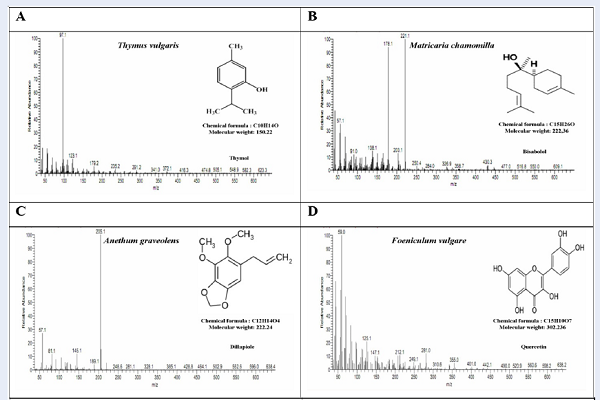Effects of aqueous extract of polyherbal formulation against hyperthyroidism induced by L-thyroxin in a rat model
DOI:
https://doi.org/10.15419/bmrat.v5i12.506Keywords:
Carbimazole, Hyperthyroidism, Poly herb, T3, T4, TSHAbstract
Background: Hyperthyroidism is a disorder that occurs when the thyroid gland secretes more thyroid hormone than the body needs. Thyroid hormone is essential for the normal growth and development of normal organs. Polyherb (POH) formulation has proven to be useful in number of diseases and has been used in folk medicine as an anti-hyperthyroidism, anti-oxidant, and appetitestimulating agent. The aim of the study was to evaluate the curative effect of POH against L-thyroxin (LT4)-induced hyperthyroidism in male rats.
Methods: Seven groups (10 rats each) were used for this purpose. Determination of phytochemical analysis, oxidative stress markers, brain appetite marker and cell energy marker were determined via high-performance liquid chromatography (HPLC) techniques. Thyroid hormones were detected via ELISA, and liver functions were determined by colorimetric method.
Results: The data showed that LT4 altered thyroid function via decreasing serum Thyroid-stimulating hormone (TSH), serum total protein, albumin and globulin, while increasing Triiodothyronine (T3), Thyroxine (T4), and Aspartate aminotransferase (AST). Moreover, oxidative stress markers in liver tissues were increased, via up-regulation of nitric oxide (NO), oxidized glutathione (GSSG), malondialdehyde (MDA), and 8-hydroxy-2'-deoxyguanosine (8OHdG). Meanwhile, glutathione (GSH) and ATP were alleviated; in contrast, metabolites of ADP and AMP were elevated. Neuronal appetite marker in brain tissue was decreased via low serotonin levels. On the other hand, rat groups treated with POH and Carbimazole (CBZ) showed markedly amelioration of hyperthyroidism in rats at low dose only but did not show complete amelioration at high dose of POH. The data were confirmed through histopathological examination of the thyroid.
Conclusion: The data obtained demonstrated that POH, at low dose, can be very effective for completely treating hyperthyroidism in rats, and was safer than Carbimazole (CBZ) and ameliorated most signaling pathways and in different tissues.

Downloads
Published
Issue
Section
License
Copyright The Author(s) 2017. This article is published with open access by BioMedPress. This article is distributed under the terms of the Creative Commons Attribution License (CC-BY 4.0) which permits any use, distribution, and reproduction in any medium, provided the original author(s) and the source are credited.
